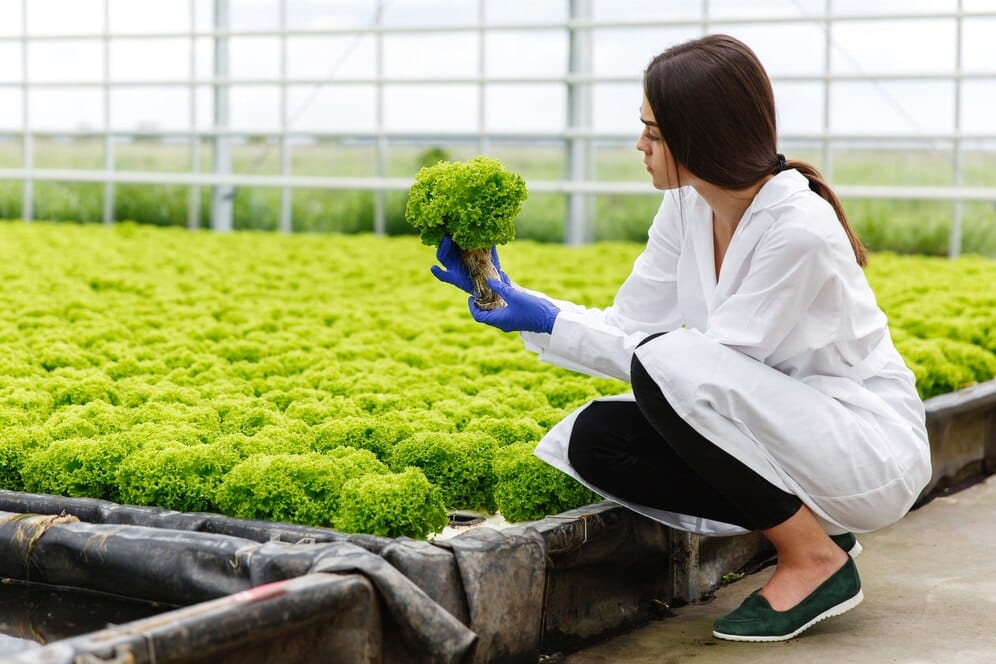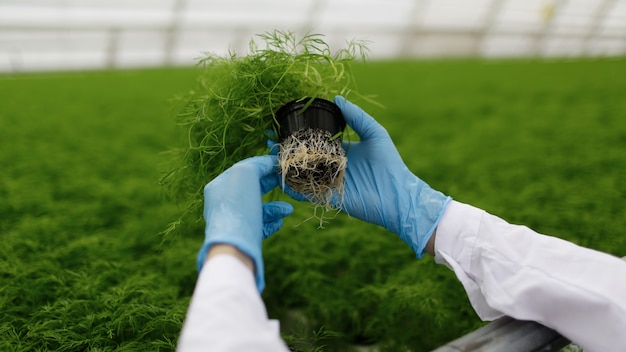Regenerative Agriculture: Techniques and Benefits
This blog post delves into the techniques of regenerative farming and explores the numerous benefits they offer.

Introduction

In recent years, regenerative agriculture has emerged as a transformative approach to farming that goes beyond sustainability. It seeks not just to maintain but to improve and restore the health of the land, ecosystems, and communities. By focusing on soil health, biodiversity, and the natural cycles of the environment, regenerative agriculture promises a more resilient and productive farming system. This blog post delves into the techniques of regenerative farming and explores the numerous benefits they offer.
Understanding Regenerative Agriculture
Regenerative agriculture is a holistic approach to farming that aims to regenerate and enhance the health of the soil, ecosystems, and communities. Unlike conventional farming methods that often deplete soil and resources, regenerative practices work in harmony with nature to rebuild organic matter, increase biodiversity, and improve the resilience of ecosystems.
Core Techniques of Regenerative Agriculture
1. Cover Cropping
Cover crops, such as clover, rye, and vetch, are grown not for harvest but to cover and protect the soil. These crops play a critical role in:
- Erosion Control: Reducing soil erosion by shielding the soil from rain and wind.
- Soil Health: Enhancing soil structure and organic matter content.
- Weed Suppression: Competing with weeds for space and nutrients.
- Nutrient Cycling: Fixing nitrogen and other nutrients, making them available for the following crops.
2. Crop Rotation and Diversity
Crop rotation involves growing different types of crops in a sequence over several seasons. This practice:
- Prevents Soil Depletion: Different crops have varied nutrient requirements, preventing the exhaustion of specific soil nutrients.
- Reduces Pest and Disease Incidence: Interrupts pest and disease life cycles by changing their habitat and food sources.
- Enhances Soil Health: Increases the diversity of soil microorganisms, improving soil structure and fertility.
3. No-Till or Reduced Tillage Farming
Traditional tilling can disturb soil structure and lead to erosion and nutrient loss. No-till or reduced tillage techniques maintain soil integrity by:
- Minimizing Soil Disruption: Protecting the natural soil structure and the organisms within it.
- Reducing Erosion: Keeping the soil intact and reducing the likelihood of erosion.
- Increasing Organic Matter: Encouraging the build-up of organic matter and enhancing soil fertility.
4. Agroforestry and Silvopasture
Agroforestry integrates trees and shrubs into agricultural landscapes, while silvopasture combines forestry with livestock grazing. These systems:
- Increase Biodiversity: Provide habitat for a wide range of species, enhancing ecosystem resilience.
- Improve Soil Health: Tree roots help stabilize soil and recycle nutrients from deeper layers.
- Enhance Carbon Sequestration: Trees and shrubs capture and store atmospheric carbon, reducing greenhouse gas concentrations.
5. Holistic Grazing Management
This technique involves moving livestock across pastures in a planned sequence, mimicking natural grazing patterns. Benefits include:
- Improved Soil Fertility: Animal manure enhances soil organic matter and nutrient levels.
- Reduced Erosion: Vegetation is given time to recover, maintaining ground cover and reducing erosion.
- Enhanced Biodiversity: Promotes a diverse range of plant species and creates a balanced ecosystem.
6. Composting and Organic Amendments
Composting transforms organic waste into a nutrient-rich soil amendment. Benefits include:
- Improved Soil Fertility: Adds organic matter and nutrients to the soil, enhancing fertility.
- Reduced Waste: Diverts organic waste from landfills and recycles it into valuable compost.
- Enhanced Soil Structure: Improves soil structure and water retention, making soils more resilient.
Benefits of Regenerative Agriculture
1. Enhanced Soil Health and Fertility
Regenerative practices focus on building healthy, living soils. This leads to:
- Increased Organic Matter: Improving soil structure, fertility, and water-holding capacity.
- Enhanced Soil Biodiversity: Supporting a rich ecosystem of microorganisms that contribute to soil health.
- Reduced Soil Erosion: Protecting soil from erosion and degradation.
2. Increased Biodiversity
By promoting a diverse range of plants, animals, and microorganisms, regenerative agriculture enhances:
- Ecosystem Resilience: Diverse ecosystems are better able to withstand stresses such as pests, diseases, and extreme weather events.
- Habitat Creation: Provides habitat for wildlife and beneficial insects, supporting biodiversity.
3. Improved Water Management
Healthy soils have better water retention and infiltration capabilities, leading to:
- Reduced Runoff and Erosion: Minimizing water loss and soil erosion.
- Enhanced Drought Resilience: Soils retain more moisture, reducing the need for irrigation.
4. Climate Change Mitigation
Regenerative agriculture can play a significant role in addressing climate change by:
- Sequestering Carbon: Practices like cover cropping and agroforestry capture and store carbon in soils and biomass.
- Reducing Greenhouse Gas Emissions: Healthier soils emit fewer greenhouse gases, such as nitrous oxide and methane.
5. Economic Benefits
Farmers practicing regenerative agriculture often experience:
- Reduced Input Costs: Lower reliance on synthetic fertilizers and pesticides, reducing costs.
- Increased Productivity: Healthier soils lead to more productive and resilient crops.
- Access to Premium Markets: Growing consumer demand for sustainably produced food can provide higher market prices for regenerative products.
6. Community and Social Benefits
Regenerative agriculture supports:
- Stronger Communities: Promotes local food systems and strengthens community ties.
- Improved Health: Provides access to nutritious, chemical-free food, enhancing public health.
- Preservation of Traditional Knowledge: Emphasizes traditional and indigenous farming practices, preserving cultural heritage.
Conclusion
Regenerative agriculture represents a promising paradigm shift in farming. By embracing techniques that restore and enhance the health of our soils, ecosystems, and communities, we can create a more resilient, productive, and sustainable agricultural system. The benefits of regenerative farming practices extend beyond the farm, contributing to a healthier planet and a more secure future for all. Adopting these practices is not just an option but a necessity for the well-being of future generations and the preservation of our natural resources.
References
- Lal, R. (2020). Regenerative agriculture for soil health and climate change mitigation.
- LaCanne, C. E., & Lundgren, J. G. (2018). Regenerative agriculture: merging traditional and modern farming systems.
By integrating these practices, we can turn our agricultural systems into powerhouses of sustainability and resilience. The transition to regenerative agriculture not only offers hope for our environment but also for our economies and communities. Let’s commit to nurturing our planet back to health, one field at a time.